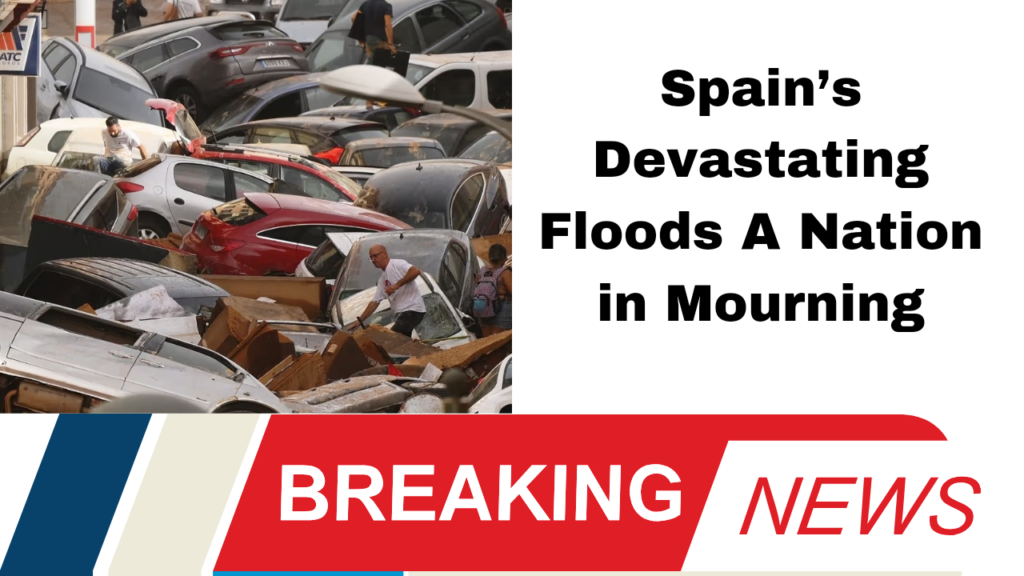Spain is reeling from one of its deadliest flooding events in decades, with at least 140 fatalities reported as torrential rains wreak havoc across the country. Villages have been transformed into rivers, homes have been destroyed, and critical infrastructure including bridges and railway tracks has been swept away. Thousands remain without electricity or phone service as rescue efforts continue in the hardest-hit regions.
Valencia Region Faces the Brunt of the Disaster
The coastal region of Valencia has suffered the most significant impact, with state meteorological agencies reporting that nearly a year’s worth of rain fell in just eight hours. The torrential downpour led to chaos, particularly in low-lying areas where over 400 liters of rain per square meter inundated streets. Deaths were also reported in Castilla-La Mancha and Andalucía’s Málaga province, exacerbating the national tragedy.
Understanding the “Gota Fría” Phenomenon
Meteorologists attribute the intense rainfall to a phenomenon known as the “gota fría” or “cold drop.” This occurs when cold air moves over the warmer Mediterranean waters, creating atmospheric instability. The warm, moist air rises rapidly, forming towering clouds capable of delivering devastating rainfall. These clouds can linger over specific areas for hours, increasing their destructive potential and leading to severe hailstorms and even tornadoes.
Climate Change and Its Role in Severe Weather Events
Recent scientific studies indicate that the Mediterranean Sea’s waters have warmed significantly by as much as 5°C above normal. This warming trend allows the atmosphere to hold more moisture, intensifying the likelihood of catastrophic downpours. Dr. Friederike Otto from Imperial College London’s Centre for Environmental Policy stated, “No doubt about it, these explosive downpours were intensified by climate change.”
National Mourning and Criticism of Response Times
As Spain enters three days of national mourning, the response to the disaster has drawn scrutiny. While the state weather agency AEMET issued a red alert for the Valencia region early Tuesday morning, a critical alert advising residents to stay indoors was only sent after 8 PM, well after many had already been trapped in their homes or vehicles. One man recounted his harrowing experience, stating, “Just after 8 PM, after an hour with water up to my neck and swallowing mud, the alert went off.”
A Call for Urgent Action
As rescuers work tirelessly to locate missing individuals and restore essential services, the need for improved early warning systems and infrastructure resilience becomes increasingly evident. The tragic loss of life in this catastrophic event serves as a somber reminder of the pressing challenges posed by climate change and extreme weather.











More Stories
Netanyahu Under Fire as Leaked Documents Scandal and Hostage Crisis Deepen
Mount Fuji’s Snowless Peak A Sign of Climate Change and Japan’s Cultural Icon in Crisis
Malik Mumbai’s 15 Crore Monthly Income ‘Haar Meri Jeet Apki Offer’ for WBBL 2024 Your Guaranteed Win or Refund!